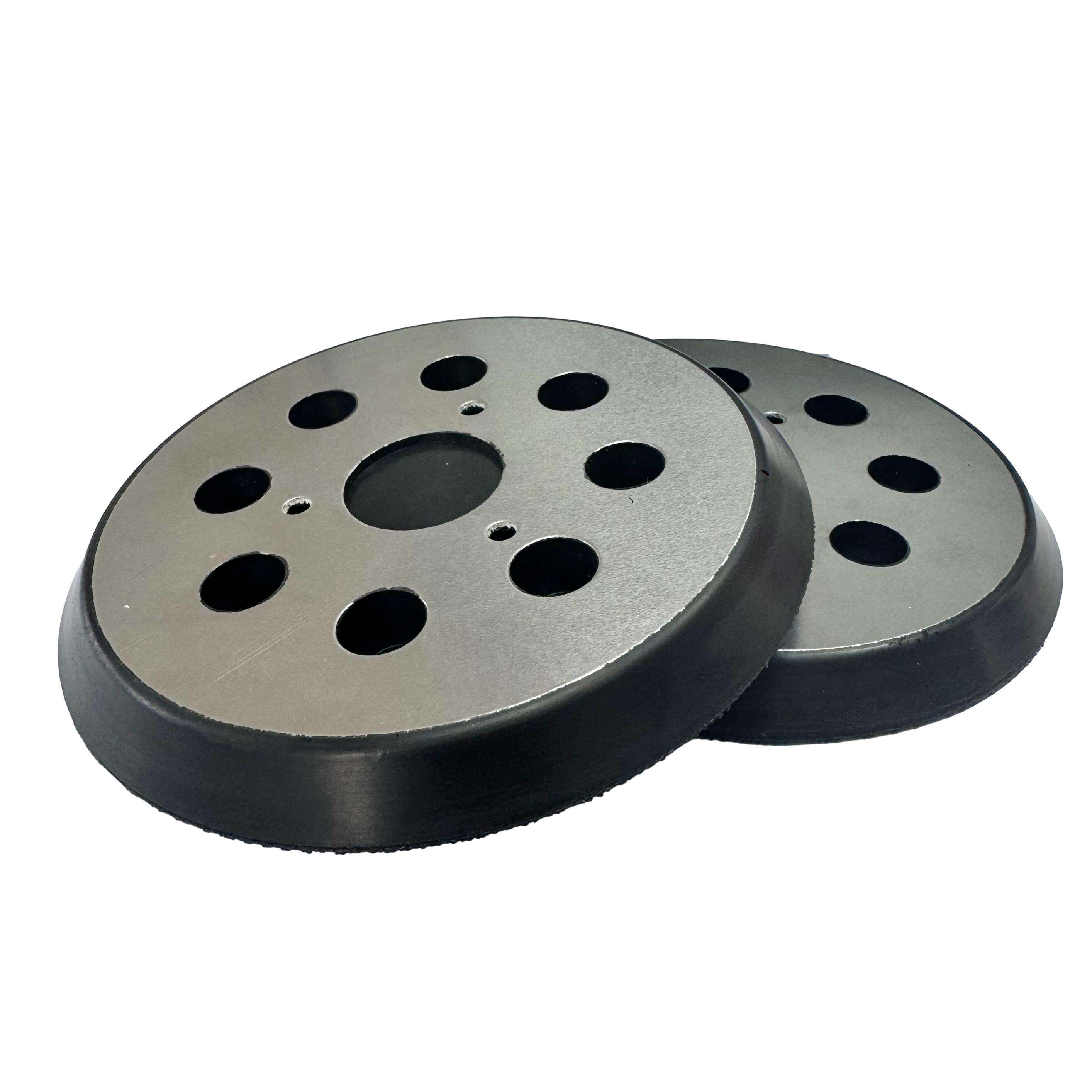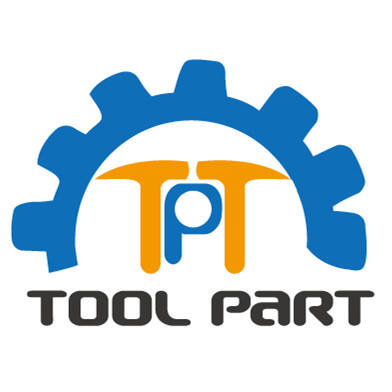표면 처리에서 백킹 패드의 중요 역할 이해하기
표면 처리 전문가와 취미용 사용자 모두 연마 및 광택 작업에서 중요한 구성 요소로 백업 패드를 매우 의존합니다. 백킹 패드 이러한 다목적 도구는 전동 공구와 연마 디스크 사이의 핵심 인터페이스 역할을 하며, 표면 마감 작업의 품질과 효율성에 큰 영향을 미칩니다. 제대로 작동하는 백업 패드는 균일한 압력 분포, 최적의 재료 제거 및 우수한 표면 마감 품질을 보장합니다.
그러나 많은 사용자들이 백업 패드 사용 시 작업 품질과 생산성에 영향을 미칠 수 있는 문제를 겪고 있습니다. 이러한 일반적인 문제들과 그 해결 방법을 이해하는 것은 모든 표면 처리 작업에서 최상의 성능을 유지하기 위해 필수적입니다. 백업 패드의 유지 관리와 문제 해결에 대한 올바른 지식은 전문가 수준의 결과와 부족한 마감 사이의 차이를 만들 수 있습니다.
필수 백업 패드 유지 관리 방법
정기적인 청소 및 점검 절차
백킹 패드 관리는 사용 후 적절한 세척부터 시작됩니다. 쌓인 먼지, 이물질, 그리고 잔여 접착제는 패드의 성능과 수명에 상당한 영향을 미칠 수 있습니다. 압축 공기를 사용하여 먼지나 이물질을 불어내고 부드러운 솔로 표면을 부드럽게 닦아주세요. 잘 지워지지 않는 잔여물의 경우, 백킹 패드 관리용으로 특별히 고안된 순한 용제를 사용하면 패드를 손상시키지 않고 효과적으로 제거할 수 있습니다.
정기 점검은 정비 루틴의 일부가 되어야 합니다. 고르지 않은 표면, 후크 앤 루프 재질의 손상 또는 가장자리의 파손 등 마모 징후를 확인하십시오. 이러한 문제를 조기에 발견하면 더 심각한 문제가 발생하는 것을 방지하고 백업 패드의 수명을 연장할 수 있습니다.
올바른 보관 및 취급 지침
백업 패드를 보관하고 다루는 방식은 성능과 내구성에 상당한 영향을 미칠 수 있습니다. 패드는 극단적인 온도와 직사광선으로부터 멀리 떨어진 청결하고 건조한 환경에 보관하십시오. 백업 패드 위에 무거운 물체를 올려놓지 마십시오. 이는 변형을 유발하고 사용 중 균형에 영향을 줄 수 있습니다.
백업 패드를 다룰 때는 항상 가장자리를 잡아 손에서 나오는 기름이 작업면에 오염되는 것을 방지해야 합니다. 이렇게 간단한 방법만으로도 패드와 연마 디스크 사이의 최적 접착력을 유지하는 데 도움이 됩니다.

일반적인 성능 문제 해결
진동 및 균형 문제
뒷바닥에 대한 가장 흔한 불만이 작동 중 과도한 진동입니다. 이 현상은 종종 패드 표면의 불균형한 마모나 손상으로 인해 발생합니다. 이 문제 를 해결 하기 위해, 먼저 뒷받침 패드가 제대로 중앙에 위치 하고 전력 도구 에 단단히 고정 되어 있는지 확인 합니다. 패드와 도구 사이에 잡힌 잔해가 있는지 확인해 보세요.
진동이 계속되면, 거나 왜곡을 위해 패드를 검사하십시오. 때로는, 뒷면이 압력 아래 장시간에 걸쳐 설치되어 있으면, 부평한 표면이 형성될 수 있습니다. 그러한 경우, 24 시간 동안 평평하게 눕혀주면 원래 모양을 되찾을 수 있습니다.
접착력 및 잡기 장애
뒷구멍 의 효과 는 그 가려진 디스크 를 안정적 으로 붙잡을 수 있는 능력 에 크게 달려 있다. 크 앤 루프 시스템이 고장나거나 접착제가 잡힘을 잃게 되면 근본 원인을 파악하는 것이 중요합니다. 흔히, 이것은 고정 표면의 오염 또는 갈고리 및 루프 재료의 마모로 인해 발생합니다.
올바른 접착력을 회복하려면 베이킹 패드 표면을 철저히 청소하고 사용 전 완전히 말린 후 사용하십시오. 후크앤루프 재질이 마모된 경우, 베이킹 패드 교체 시기를 고려해야 합니다. 손상된 패드를 사용하면 안전사고 위험이 발생할 수 있으며 마감 품질이 저하될 수 있습니다.
베이킹 패드 성능 최적화
속도 및 압력 관리
베이킹 패드의 작동 방식은 그 성능과 수명에 상당한 영향을 미칩니다. 과도한 속도나 압력을 사용하면 초기 마모가 발생하거나 위험한 상황이 생길 수 있습니다. 새로운 표면 작업을 시작할 때는 낮은 속도로 시작하여 필요 시 점진적으로 속도를 높이는 것이 좋습니다. 이렇게 하면 과열을 방지하고 베이킹 패드와 연마 디스크의 수명을 연장할 수 있습니다.
작업 중에는 일정하고 적당한 압력을 가하십시오. 과도한 하향 압력을 가해 무리하게 진행하기보다는 연마제가 스스로 작용하도록 하세요. 이 방법은 베이킹 패드를 보호할 뿐 아니라 더 나은 마감 결과를 얻는 데도 도움이 됩니다.
온도 제어 전략
작동 중 열이 쌓이면 백업 패드의 성능과 수명에 상당한 영향을 줄 수 있습니다. 특히 고속 또는 경질 재료 작업 시 연장 사용 중 정기적인 냉각 시간을 도입하세요. 요구 조건이 높은 작업의 경우 내장 냉각 기능이 있는 백업 패드 사용을 고려하십시오.
안전하게 정지된 상태에서 가끔씩 짧게 접촉하여 백업 패드의 온도를 점검하세요. 불편할 정도로 뜨겁게 느껴진다면 작업 사이에 더 긴 냉각 시간을 두거나, 열 발생을 줄이도록 작업 방법을 조정하세요.
적절한 백업 패드 선택하기
물질적 고려사항
다양한 백업 패드 소재는 각기 다른 용도에 적합합니다. 폼 기반 패드는 곡면에 매우 잘 맞아서 형상 추종성이 뛰어나며, 단단한 고무 소재는 평면 마감 작업 시 더 나은 안정성을 제공합니다. 백업 패드 소재를 선택할 때 프로젝트의 구체적인 요구 사항을 고려하세요.
지지 패드 재질의 밀도와 경도는 성능 특성에도 영향을 미칩니다. 부드러운 패드는 일반적으로 더 미세한 마감을 제공하지만 더 빨리 마모될 수 있는 반면, 단단한 패드는 더 나은 내구성과 더 공격적인 재료 제거가 가능합니다.
크기 및 구성 옵션
지지 패드는 다양한 크기와 형태로 제공되어 서로 다른 도구와 용도에 맞춰 사용할 수 있습니다. 적절한 크기를 선택하면 최적의 성능과 안전성을 보장할 수 있습니다. 전동공구의 사양, 작업 대상 표면의 크기, 사용할 연마 디스크의 종류와 같은 요소들을 고려하십시오.
후크앤루프 방식 또는 기타 부착 시스템의 배열 및 밀도는 모델 간에 다양하게 다릅니다. 특정 용도에 맞게 디스크 교체가 용이하면서도 견고한 부착을 보장하는 구조를 선택하십시오.
자주 묻는 질문
지지 패드는 얼마나 자주 교체해야 하나요?
백킹 패드는 후크앤루프 표면의 심한 마모, 지속적인 진동 문제 또는 패드 구조의 가시적인 손상이 나타날 경우 교체가 필요합니다. 적절한 관리와 정기적인 유지보수를 통해 고품질의 백킹 패드는 수백 시간 동안 사용할 수 있지만, 이는 작업 강도와 작업 조건에 따라 달라질 수 있습니다.
동일한 백킹 패드에 다양한 그릿 크기를 사용할 수 있나요?
패드의 체결 방식과 크기에 호환된다면 동일한 백킹 패드로 다양한 그릿 크기를 사용할 수 있습니다. 그러나 서로 다른 그릿 사이를 전환할 때 오염을 방지하고 최적의 성능을 보장하기 위해 패드 표면을 철저히 청소하는 것이 중요합니다.
백킹 패드 가장자리 마모의 원인은 무엇인가요?
엣지 마모는 일반적으로 작동 중 과도한 각도를 적용하거나 날카로운 모서리 근처에서 작업할 때 발생합니다. 이를 방지하려면 가능하면 평면 접촉 각도를 유지하고 모서리 근처에서 작업할 때 적절한 기술을 사용하십시오. 주요 백업 패드를 보호하기 위해 상세한 엣지 작업을 위한 전용 엣지 패드 사용을 고려하십시오.
